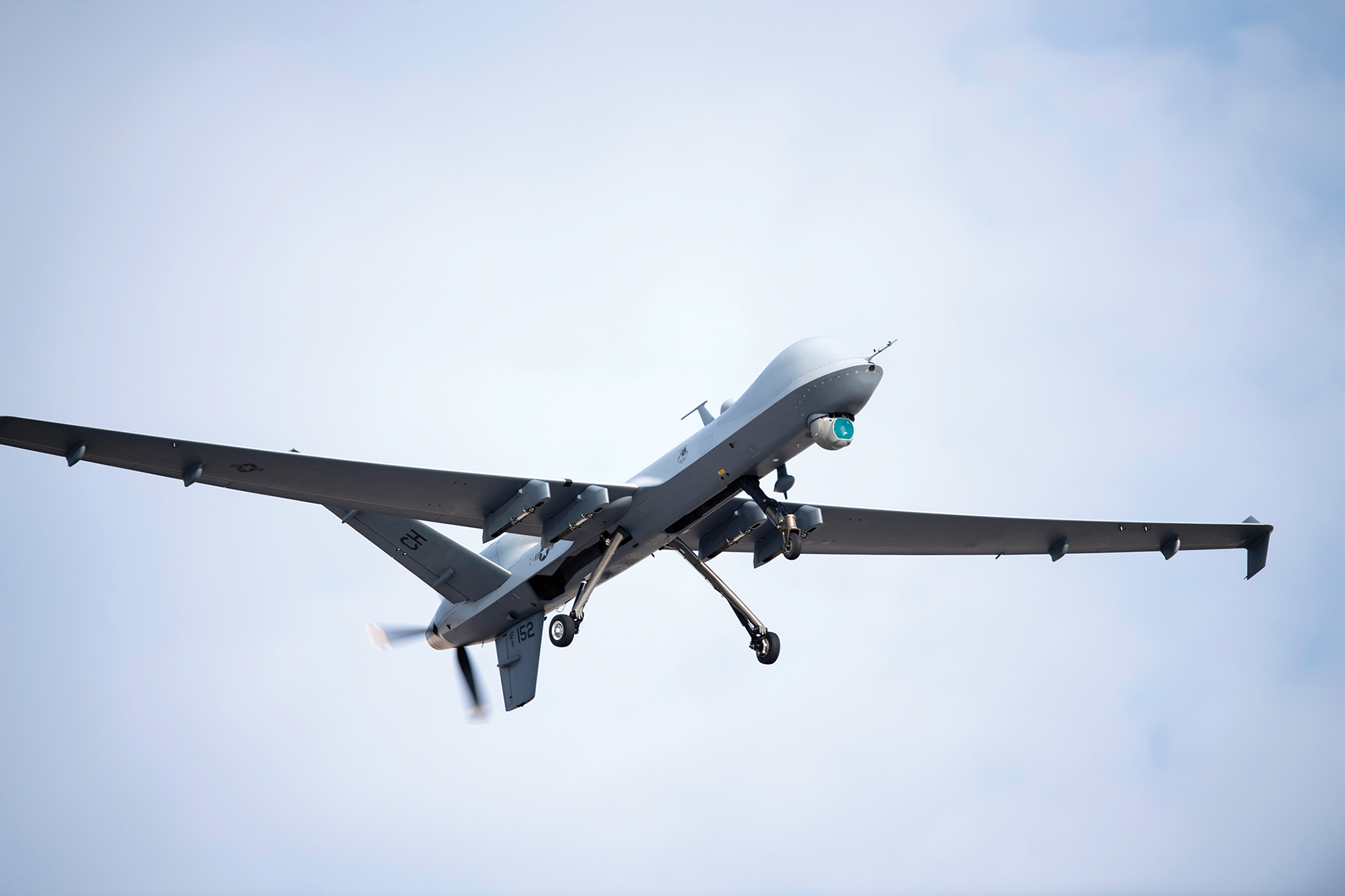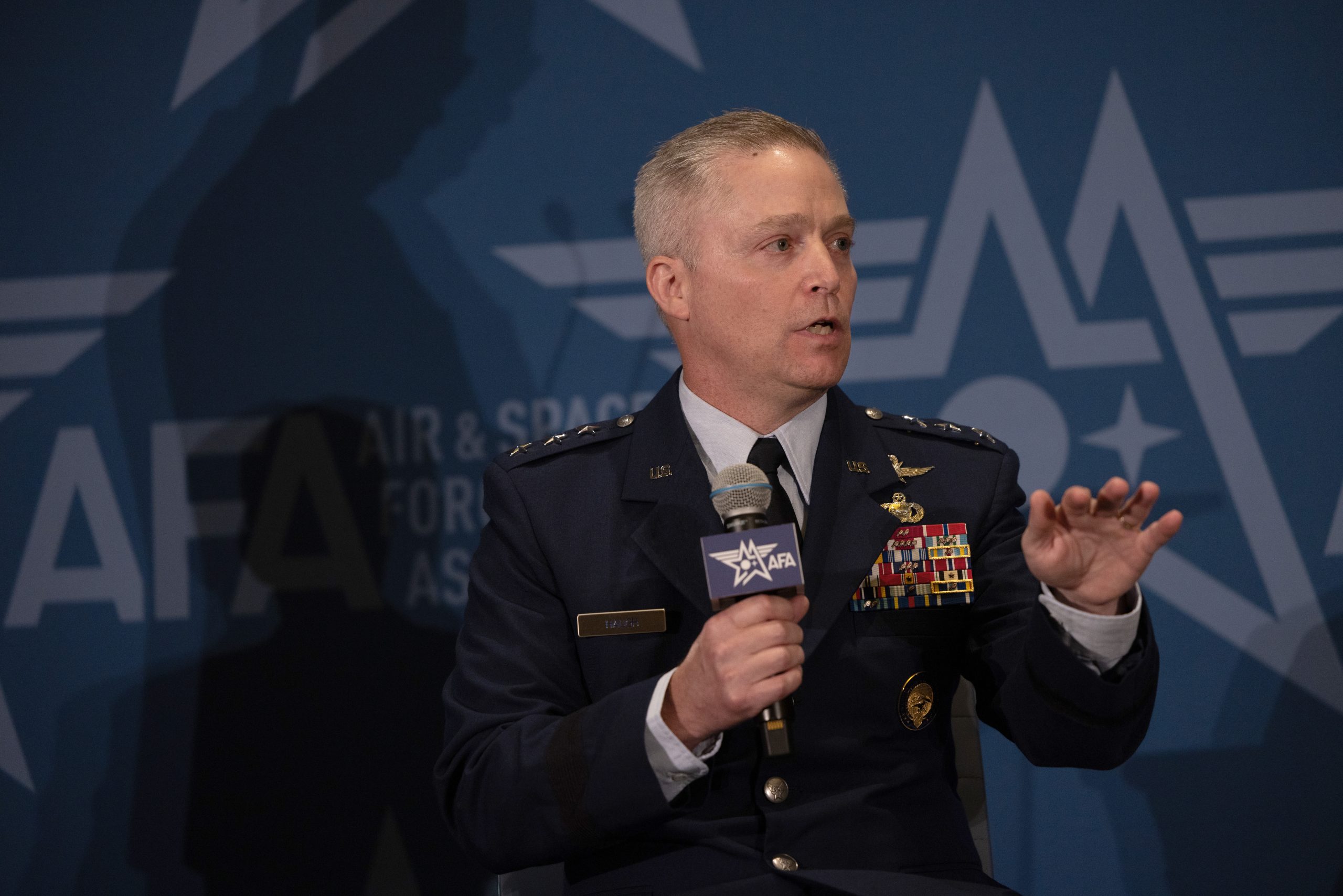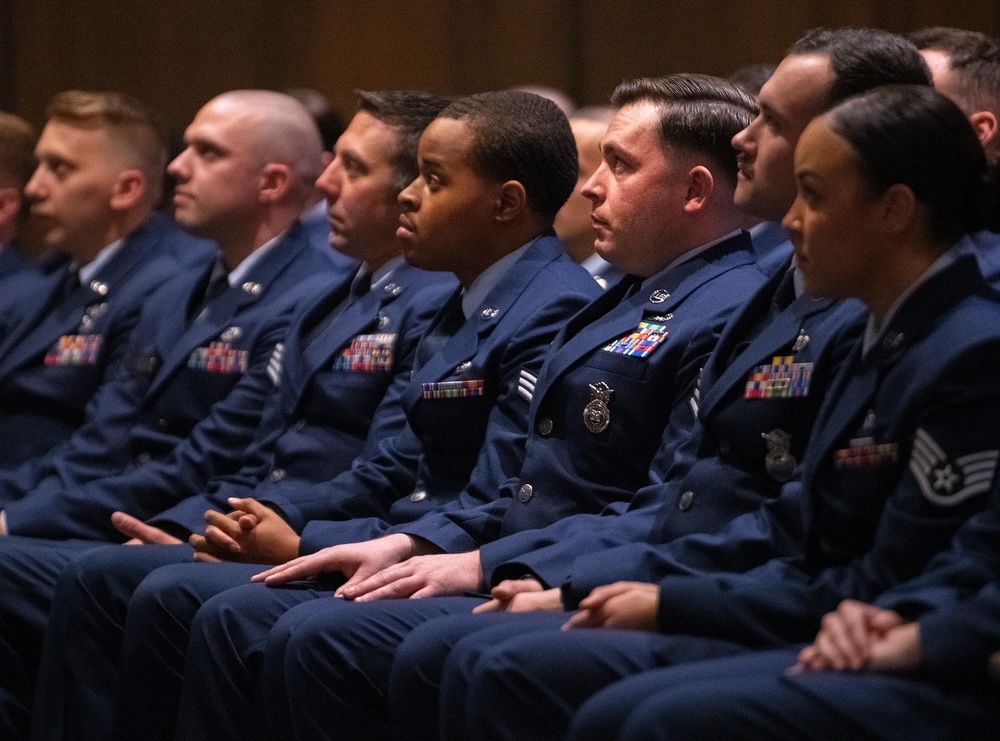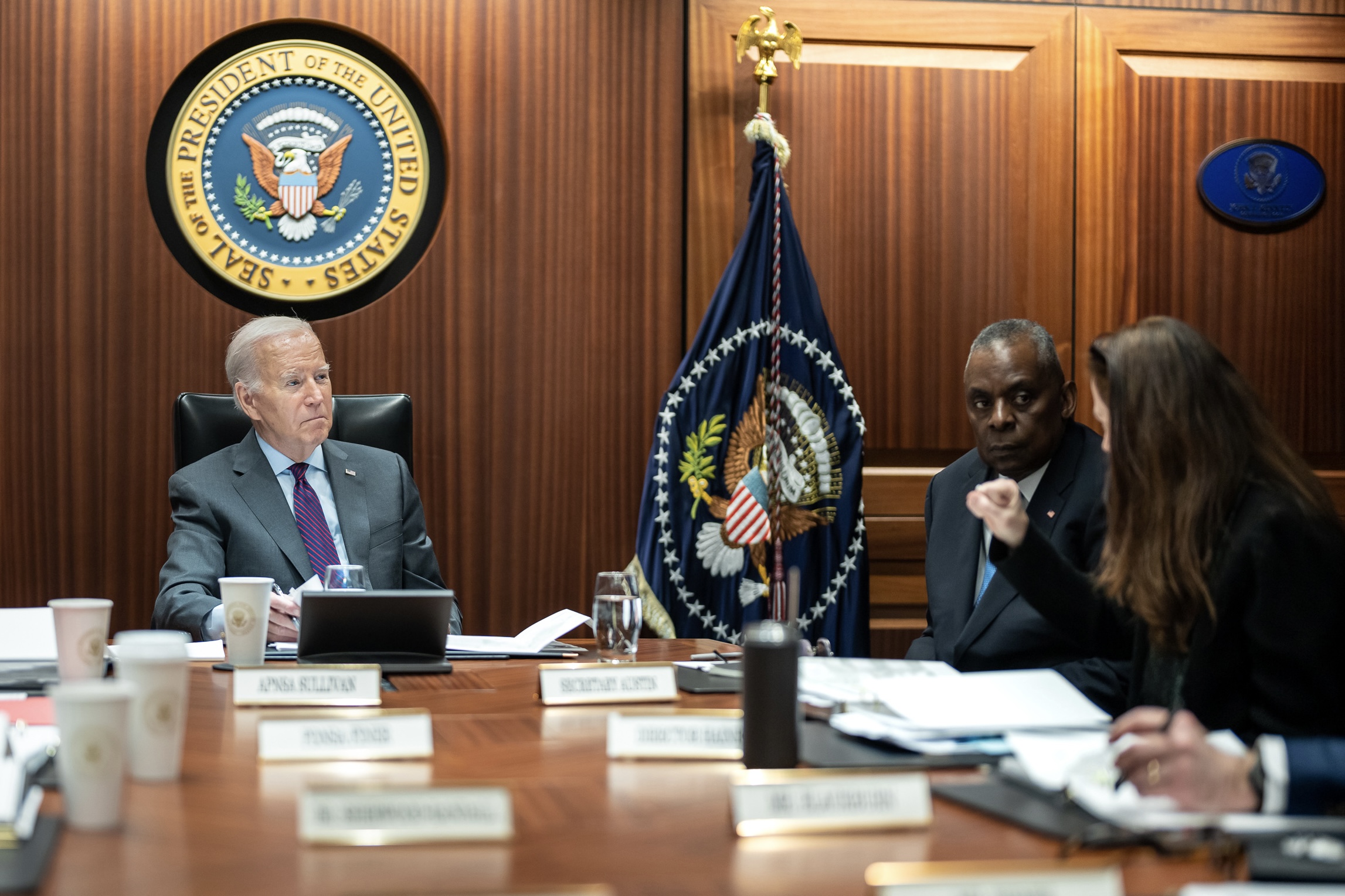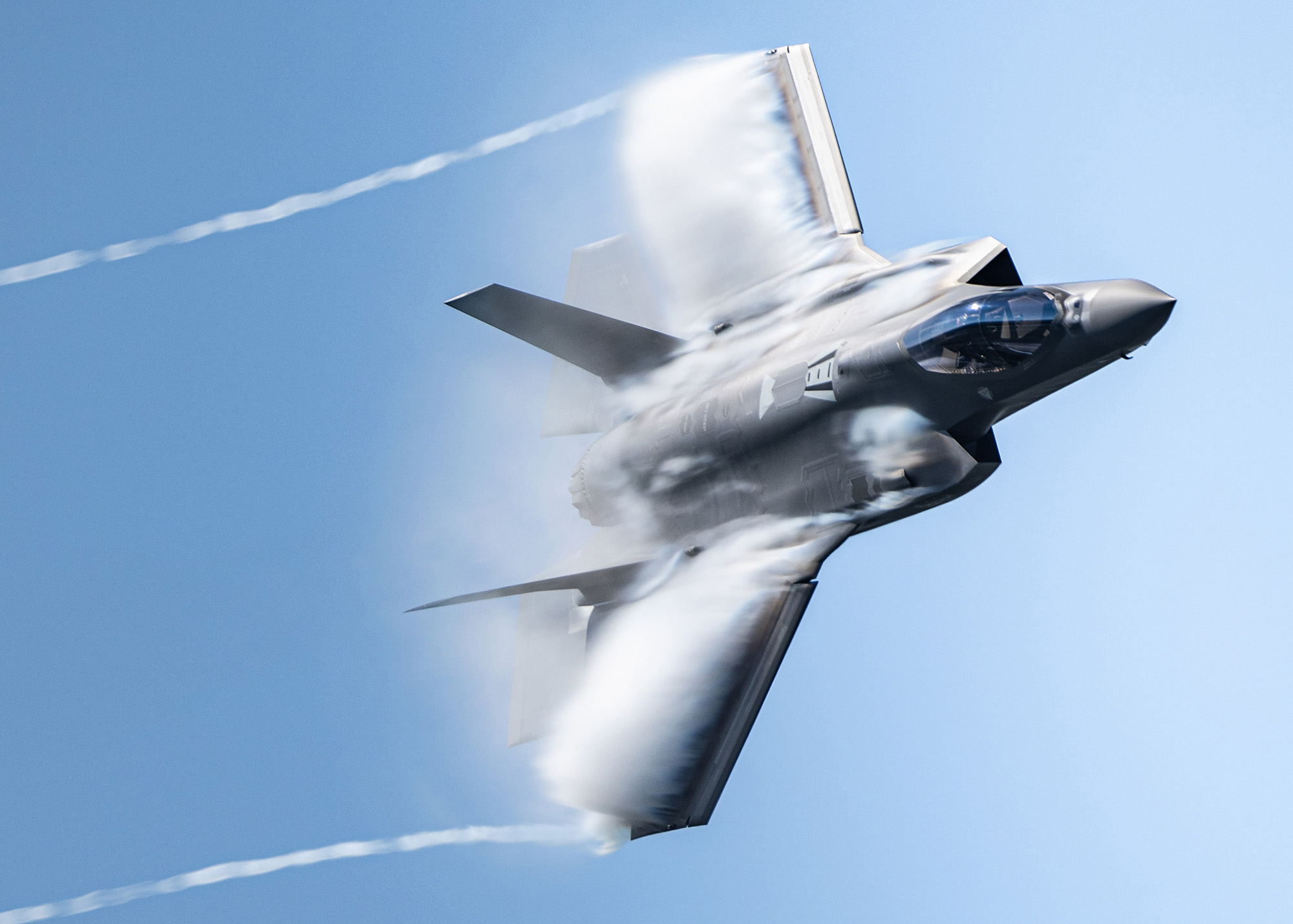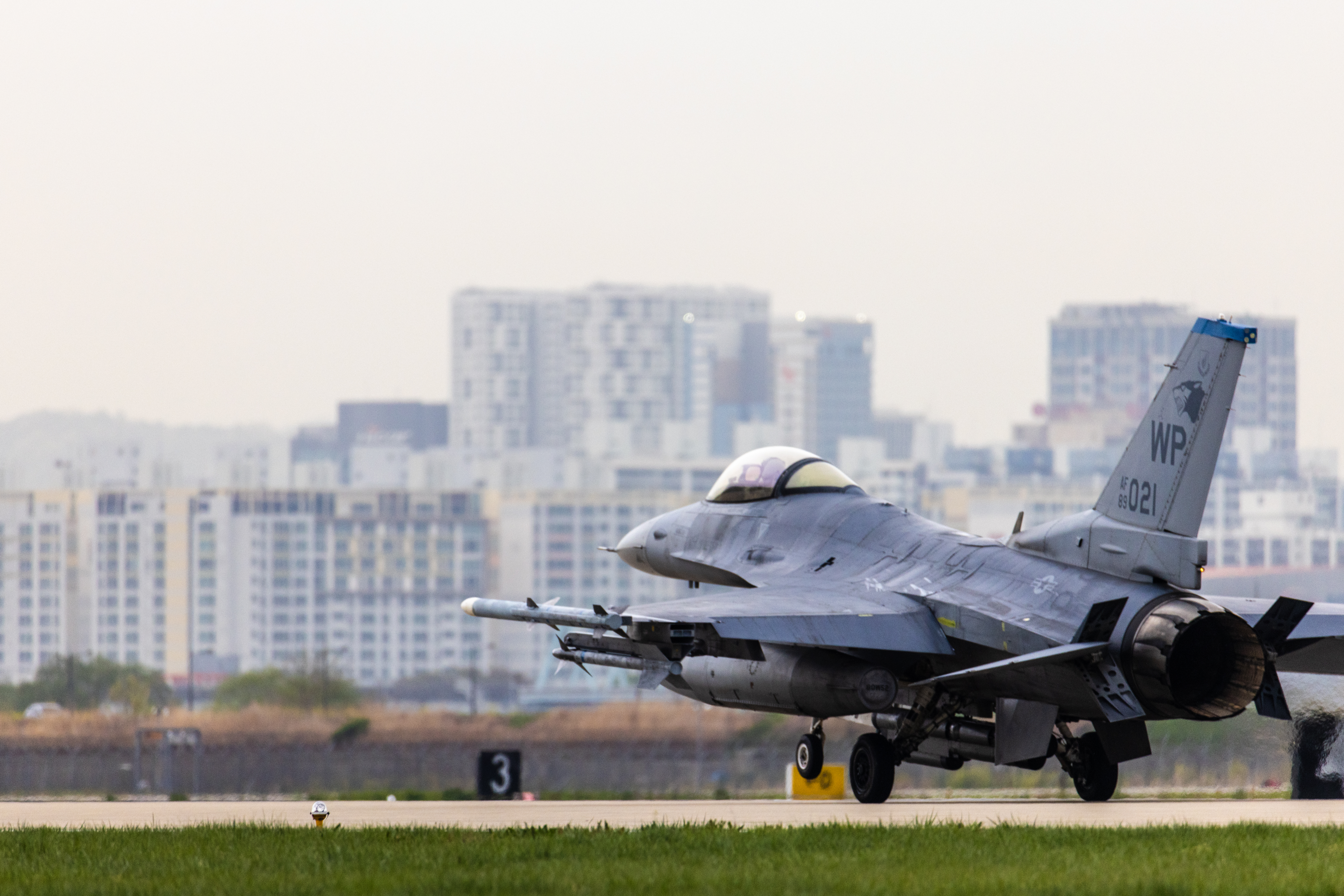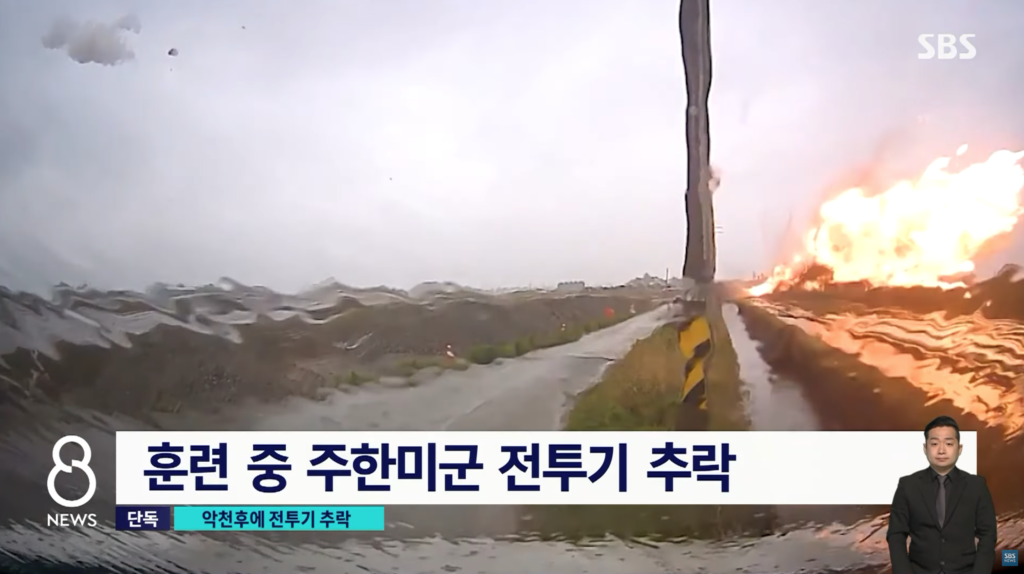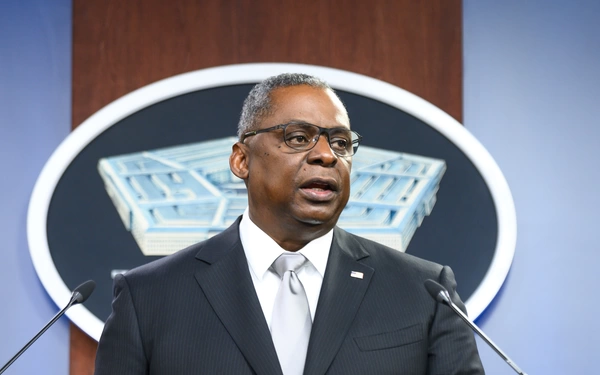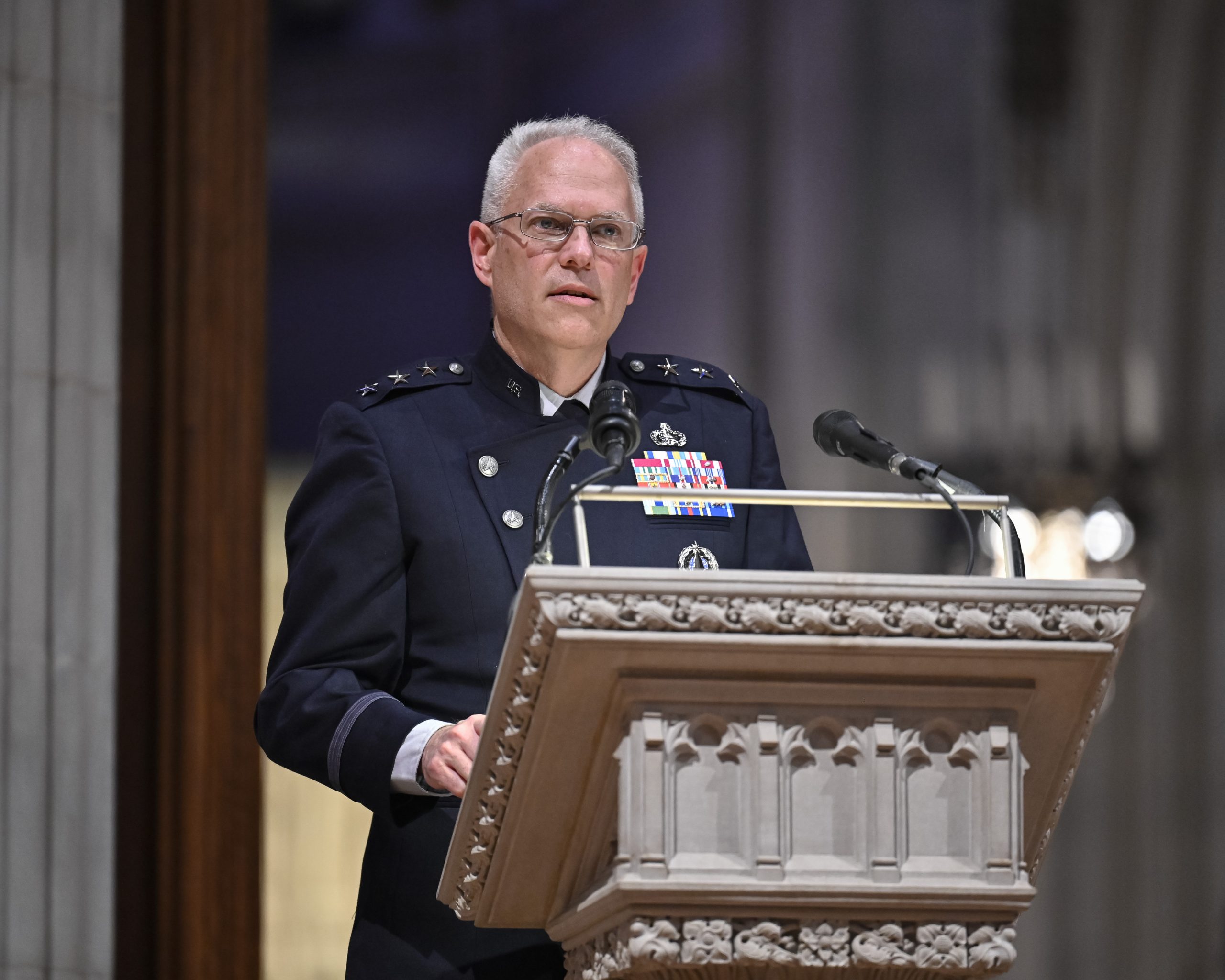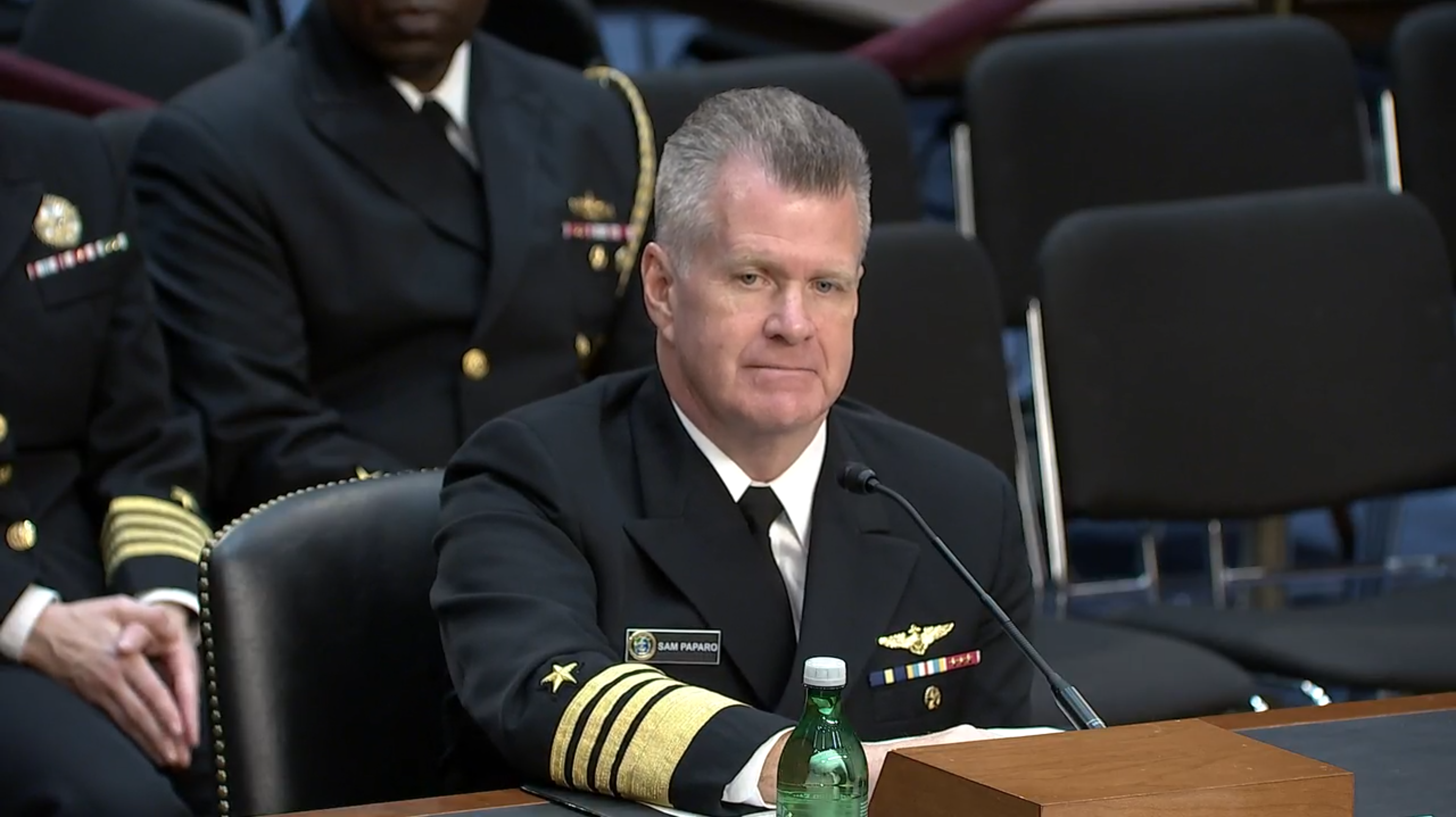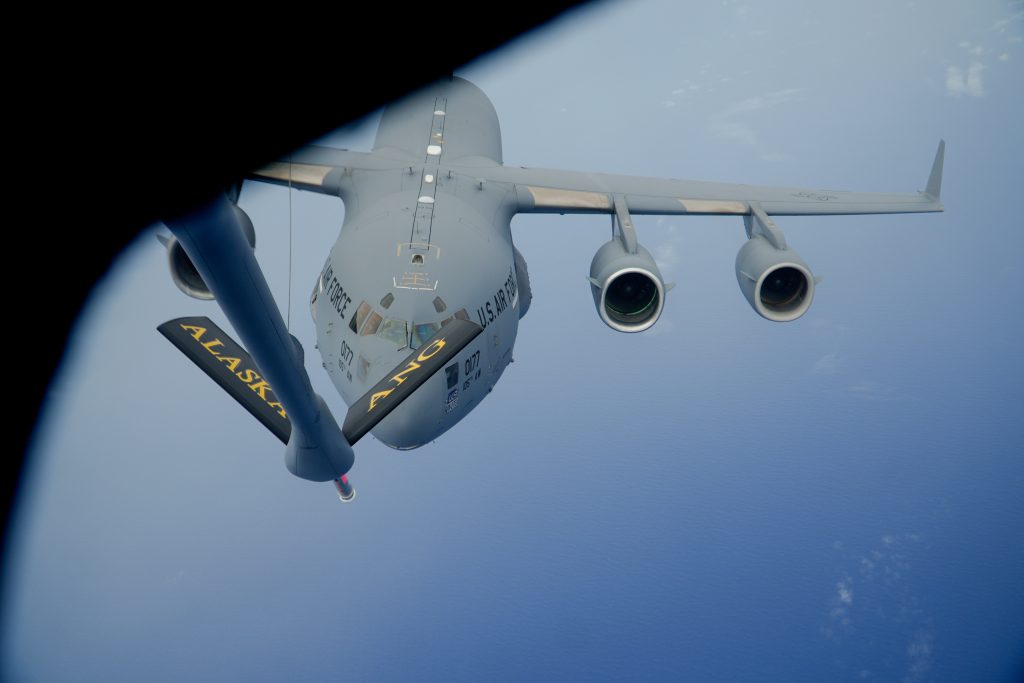The Air Force Historical Foundation announced the recipients of its most prestigious awards for 2023 on Feb. 1:
- The 432nd Wing, which flies the MQ-9 Reaper remotely-piloted aircraft
- Ret. Air Force Lt. Gen. and astronaut Susan Helms
- Benjamin Lambeth; author, educator and contributor to numerous think-tanks and advisory boards
432nd Wing
The 432nd Wing received the AFHF James H. “Jimmy” Doolittle Award, which recognizes an active duty Air Force or Space Force unit for “gallantry, determination, esprit de corps, and superior management of joint operations” in accomplishing its mission under difficult or hazardous conditions in various conflicts.
“The 432nd Wing continues to be at the forefront of the USAF’s persistent attack and reconnaissance mission,” the AFHF said in its release. It is the first unit to win a second time, having previously received the Doolittle Trophy in 2017.
Throughout 2023, the 432nd Wing and its subordinate units have supported military operations in virtually every regional theater with the MQ-9, which can conduct persistent surveillance and strike.
Over the course of the year, the wing generated more than 8,579 sorties, killed more than 67 enemies, and conducted more than 222,000 hours of intelligence, surveillance, and reconnaissance activities, in support of U.S. European Command, Africa Command, Central Command and Indo-Pacific Command.
The wing trained and equipped 205 maintainers to support force deployments in Operation Atlantic Resolve, which bolstered forces to Europe in the wake of Russia’s invasion of Ukraine.
The Hunters also “demonstrated exceptional agility” by swiftly outfitting and dispatching 13 “crucial assets” for time-sensitive operations in Juniper Shield (formerly Enduring Freedom) combatting terrorism and drug trafficking.
Responding to a Presidential Directive, the Hunters shifted two MQ-9 squadrons in the region to respond the Israel-Hamas conflict within 72 hours of the order. The Hunters drew assets from three other combatant commands to accomplish “persistent ISR support” of U.S. Navy operations in the area.
Lt. Gen. Susan Jane Helms, USAF (Ret.)
Retired Lt. Gen. Susan Jane Helms is the recipient of the AFHF Gen. Carl “Tooey” Spaatz Award, which recognizes individuals who have made significant lifetime contributions to the Air Force or Space Force. She is the first woman to receive the award.
Helms commanded 14th Air Force (Air Forces Strategic) and Joint Functional Component Command for Space at Vandenberg Air Force Base in California. She retired from the Air Force in 2014.
She was the first military woman in space and was a mission specialist on five Space Shuttle missions; she was the first woman to make two trips to the International Space Station. On her second spaceflight, she was an ISS crew member for 167 days in 2001, during which she and fellow astronaut Jim Voss conducted a record 8-hour and 56-minute spacewalk.
Helms serves on NASA’s Aerospace Safety Advisory Panel and was appointed to the Board of Trustees of the Woodrow Wilson International Center (2014-2016). She is also on the board of the Association of Space Explorers and was elected to the Board of Trustees of The Aerospace Corporation in 2017.
Helms has received many awards, including the Gen. James V. Hartinger Award; the Thomas D. White Space Award for Outstanding Contributions to Space; the Dr. Kurt H. Debus Award; the Women in Aerospace Outstanding Achievement Award, and the the NASA Outstanding Leadership Medal. She was inducted into the Astronaut Hall of Fame in 2004, and the Colorado Women’s Hall of Fame in 2018.
Dr. Benjamin S. Lambeth
Lambeth received the AFHF Maj. Gen. I.B. Holley Award, which recognizes an individual who has made “sustained, significant contributions to the documentation of Air Force and Space Force history during a lifetime of service.”
Lambeth has been “one of the most informed and prolific observers of military affairs for the past several decades,” the AFHF release stated.
Since 2011, he has been a nonresident senior fellow with the Center for Strategic and Budgetary Assessments in Washington, D.C. Previously, he worked at the RAND corporation for 37 years. Earlier, he worked with the CIA’s Office of National Estimates, at the Center for Strategic and International Studies, and at the Institute for Defense Analyses.
A civil-rated pilot, Lambeth has checked out in or received orientation flights in more than 40 different types of fighter, attack, and jet trainer aircraft with all U.S. and eight foreign air services. He attended Air Force’s Tactical Fighter Weapons and Tactics Course and Combined Force Air Component Commander Course, the Aerospace Defense Command’s Senior Leaders’ Course, and portions of the Navy Fighter Weapons School (TOPGUN) and Marine Aviation Weapons and Tactics Instructor’s Course.
In 2002, Lambeth was elected an honorary member of the Order of Daedalians. In 2008, he was appointed by Defense Secretary Robert Gates to serve an eight-year term as a member of the Air University Board of Visitors.
Lambeth is a member of the Council on Foreign Relations, the Air Force Association, the U.S. Naval Institute, the Association of Naval Aviation, and the Red River Valley Fighter Pilots Association. He also previously served on the editorial advisory boards of Air and Space Power Journal and Strategic Studies Quarterly.
Lambeth has authored numerous articles, papers and books, including articles for Air & Space Forces Magazine (formerly Air Force Magazine).
His book, “The Transformation of American Air Power” was recognized with the Gill Robb Wilson Award for Arts and Letters in 2001.
Lambeth has also written numerous other books on airpower around the world.
